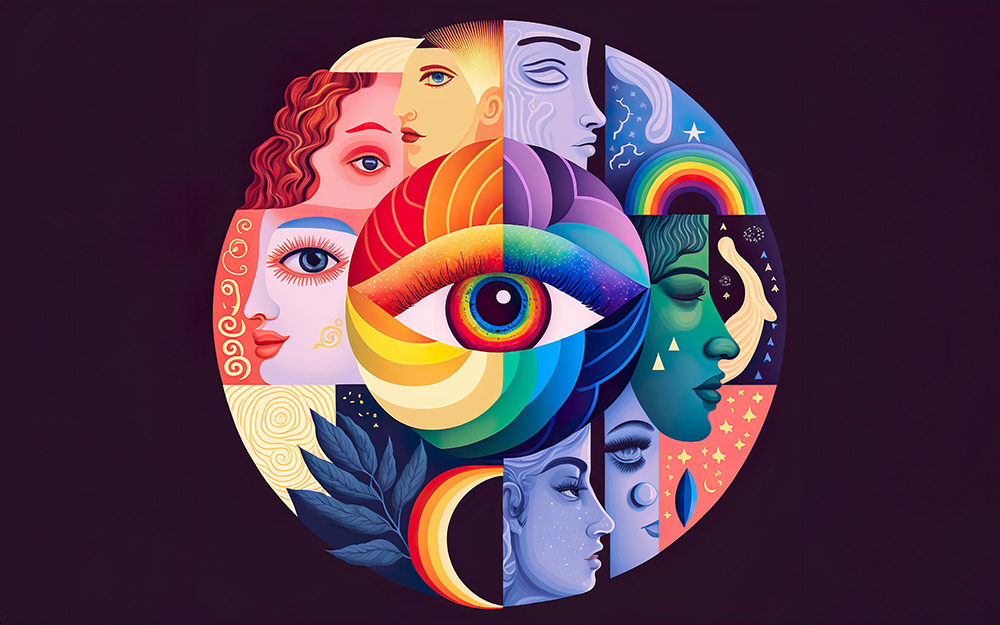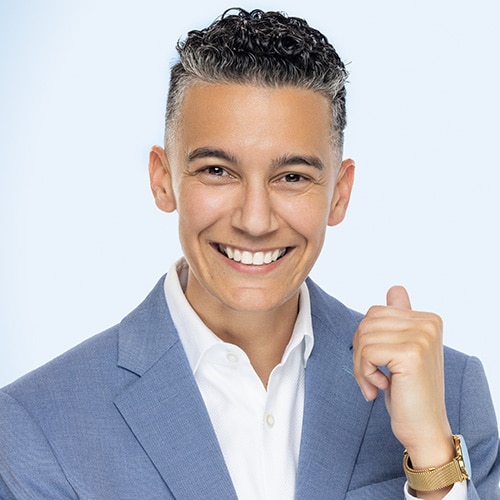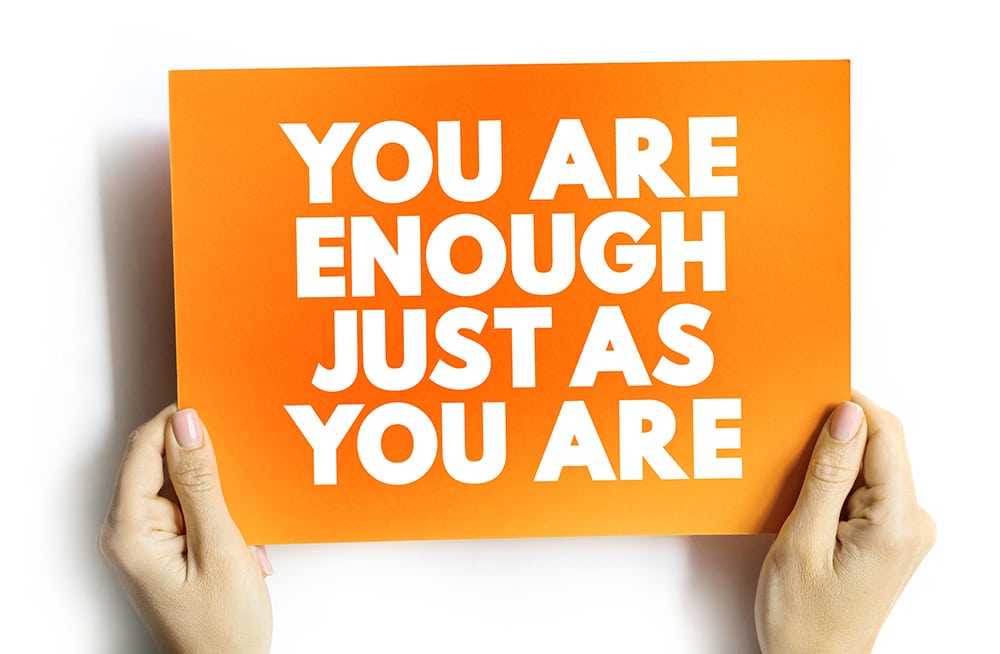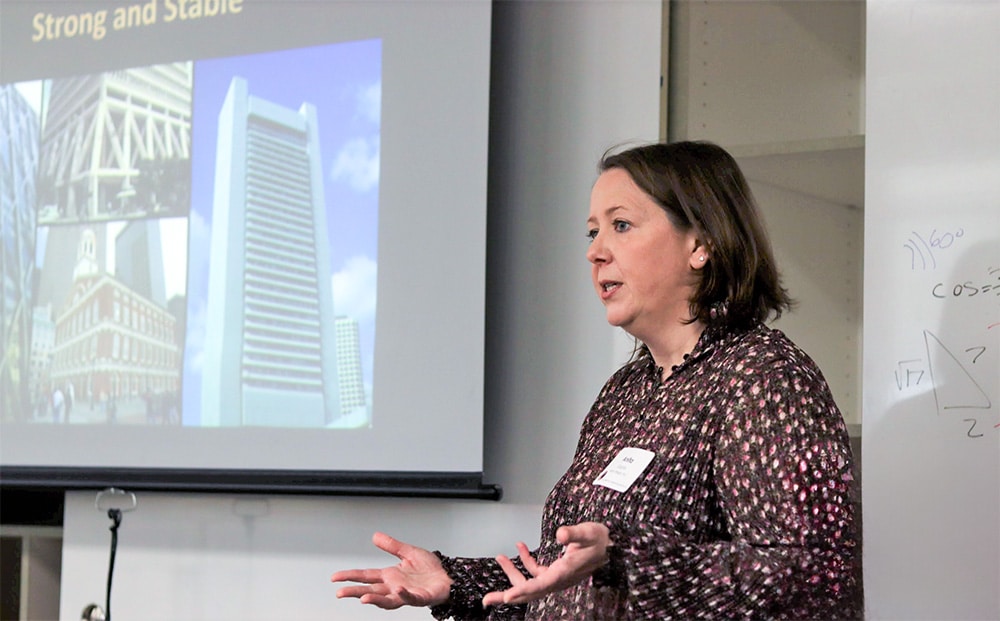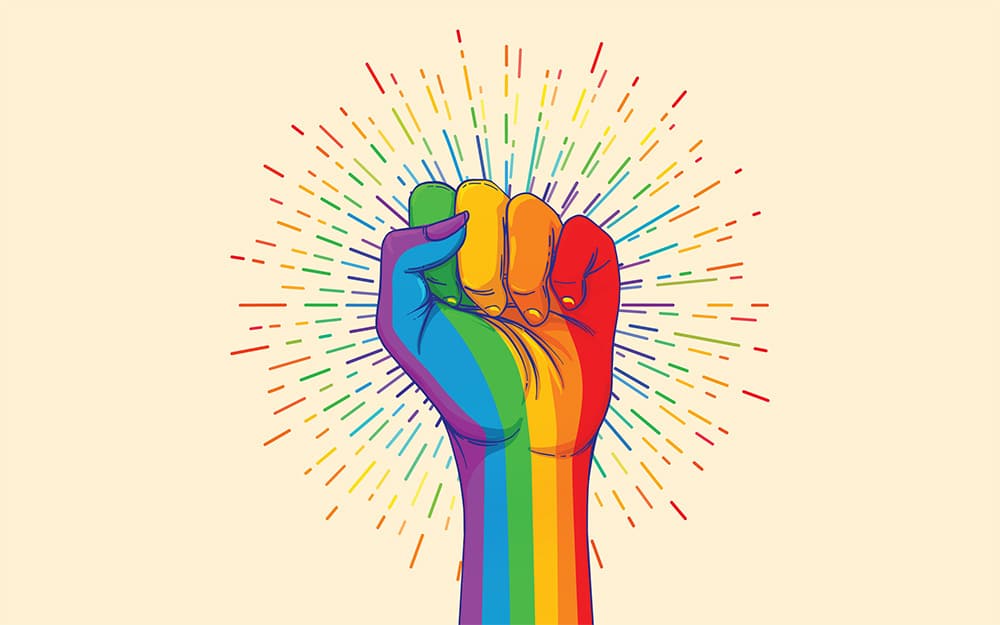Home » Allyship & Equity » The Complexities of Identity
Allyship & Equity
The Complexities of Identity
stock.adobe.com / Johlan Higs
The Vitality of Discovering your own Intersectionality
What is intersectionality? Let’s start there. Over the past 10 years, I’ve frequently used this term, and it has become evident that many members of our industry haven’t been exposed to it. In 2021, I had the opportunity to present “The Power of the DEI Lens” at the IPMI Conference. Numerous IPMI members provided feedback, emphasizing the significance of the slide where I discussed intersectionality. It became clear that this concept was the best way to initiate conversations within their teams and organizations.
What does intersectionality mean in simple terms?
The concept of intersectionality describes the ways in which systems of inequality based on gender, race, ethnicity, sexual orientation, gender identity, disability, class, and other forms of discrimination “intersect” to create unique dynamics and effects.
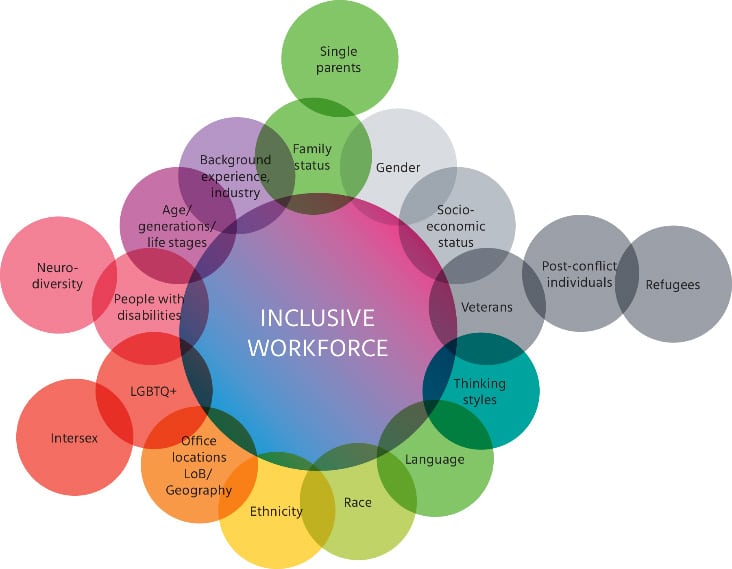
Throughout my adult life and professional journey, I’ve discovered many layers of Marcía. From being a collegiate basketball player to a structural engineer who also ventured into fashion modeling, transforming into what some might call an influencer. As we age, the world expands, and it becomes evident that there is more to offer. This is where I chose to present my personal intersectionality to the world.
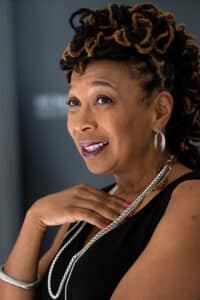
In the 1980s, American civil rights advocate Kimberlé Crenshaw introduced the term intersectionality, which has since evolved into a realistic framework for understanding the complexities of identity and power dynamics. It acknowledges that individuals’ identities are multifaceted and intersect with various social categories such as race, gender, sexuality, class, and ability. These aspects of identity form systems and structural processes of oppression, power struggles, or discrimination. While the concept wasn’t new, Crenshaw’s work propelled intersectionality to the forefront for many Black feminist leaders, highlighting that we are more than just the color of our skin.
As I embarked on my modeling career at 31, my first experience in front of the camera as a comfortable, outgoing, Latin, gay female engineer took me by surprise. Listening to a French-based photographer in a studio for four hours as we worked on various looks and moods, I realized that I had much more to do in peeling back the layers of myself. It was one of the most vulnerable moments of my life. Watching America’s Next Top Model had not prepared me for the emotional awareness required when capturing a feeling or mood on camera. I recognized that even though love and compassion exist within relationships, conveying it in photos is another task altogether.
I learned that intersectionality marks the first step in self-discovery, an essential journey that allows us to come closer to understanding others. The process of recognizing all the ways in which we are unique and special can be challenging. We often succumb to societal pressures, conforming to checkboxes and joining movements to feel connected and valued for shared challenges, struggles, and successes. While these formal and informal groups provide valuable support for education and allyship, relying solely on them can be detrimental to recognizing one’s own Intersectionality. Questions like where you grew up, how you learn best, what traditions are important to you, and how you celebrate your birthday are all part of your intersectionality, shaping meaningful personal and professional relationships. I’ve discovered that the more open I am about my stories and experiences, the more relationships I can foster. In our business and as a leader, my goals are centered around building relationships. Being an inclusion leader means setting an example by sharing my stories professionally and empowering others to understand their own Intersectionality, process it, and use it to connect with others.
As you continue your self-discovery, I want you to delve into the importance of intersectionality across three vital areas of life: inclusive workplaces, community planning and design, and allyship missions.
Intersectionality in Inclusive Workplaces
Inclusive workplaces prioritize diversity and equity, recognizing that employees bring diverse perspectives, experiences, and identities to the table. However, fostering a truly inclusive environment requires more than just diversity statements; it demands a deep understanding of intersectionality. A workplace that embraces intersectionality acknowledges that employees’ identities are not singular but intersect in complex ways.
Intersectionality in Community Planning and Design
Communities are microcosms of society, reflecting the diversity of their inhabitants. Effective community planning and design require a deep understanding of their residents’ intersecting identities and needs. By embracing intersectionality, planners and designers can create inclusive spaces catering to community members’ varied experiences. For example, accessible infrastructure benefits not only individuals with physical disabilities but also parents with strollers, elderly residents, and cyclists. Moreover, incorporating diverse cultural elements in public spaces celebrates the community’s richness and fosters a sense of belonging among all residents.
Intersectionality in Allyship Missions
Allyship is about leveraging one’s privilege and platform to advocate for marginalized communities. However, effective allyship requires more than performative gestures; it necessitates a nuanced understanding of intersectionality. Intersectionality reminds us that individuals experience oppression and privilege to varying degrees based on their intersecting identities. As allies, we must recognize the complexity of these dynamics and center the voices and experiences of those most marginalized within our communities. For instance, a cisgender heterosexual person advocating for LGBTQ+ rights must recognize the unique challenges faced by transgender people, people of color within the LGBTQ+ community, and other marginalized groups. By understanding the intersections of oppression, allies can better support and amplify the voices of those most affected.
Conclusion
The biggest takeaway is to understand, process, and self-discover your own intersectionality before expressing it externally to your team, division/department, or even your company. Intersectionality is a powerful lens through which we can analyze and address issues of diversity, equity, and inclusion across various facets of life. Inclusive workplaces, well-designed communities, and effective allyship missions benefit from a deep understanding of intersectionality. By embracing intersectionality, we can create spaces and movements that honor the complexity of human identity and promote justice and equality for all. ◆
Marcía L. Alvarado, PE, is the Buildings Client Manager for WGI, Inc., and a member of IPMI’s Allyship & Equity Advisory Group.

-
Marcía L. Alvarado, PEhttps://parking-mobility-magazine.org/author/marcia-l-alvarado-pe/November 8, 2021

